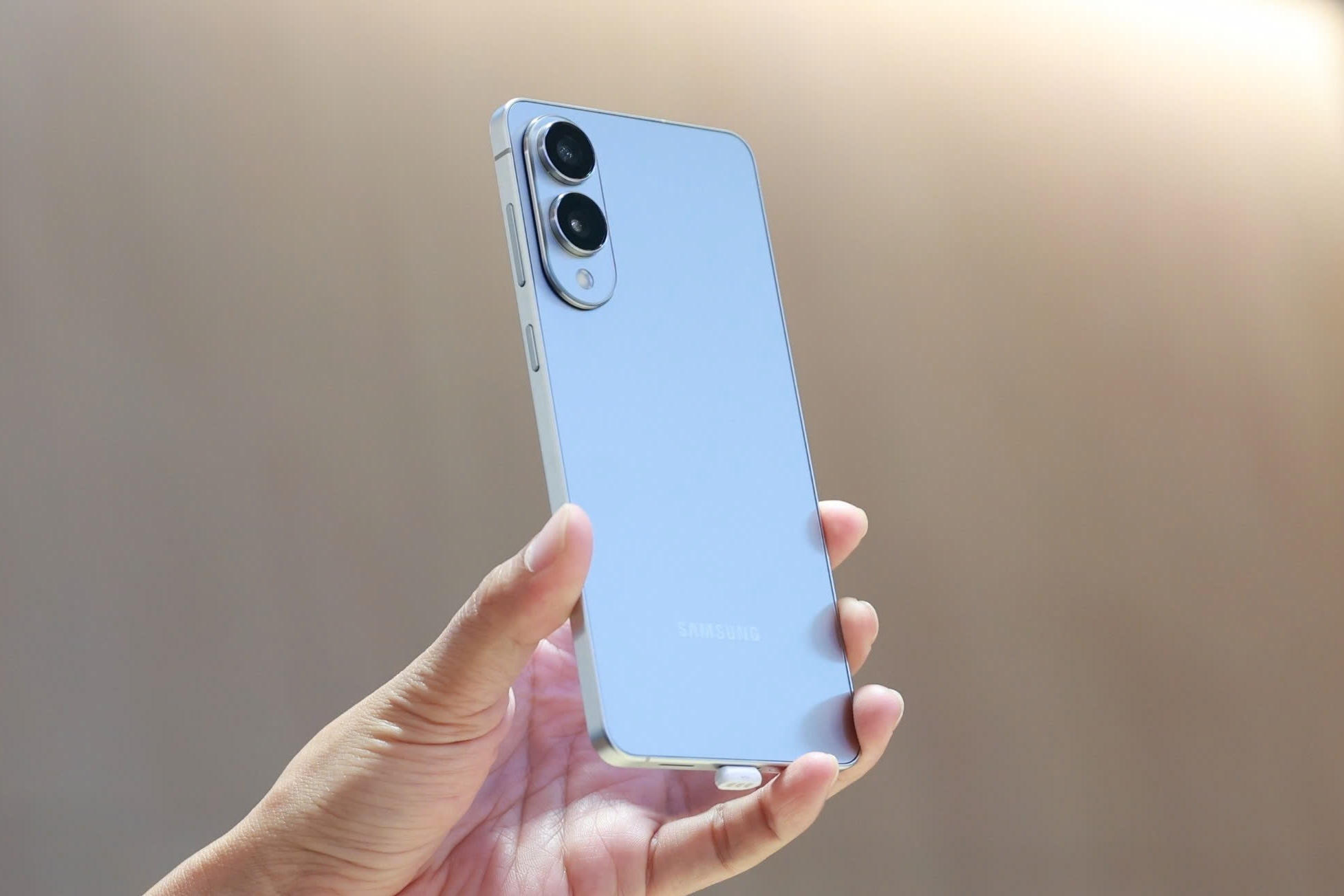
In their desperate search for the “next big thing” in 2025, Apple and Samsung are resurrecting an idea that seemed long buried: the dream of an ultra-thin phone.
Yet despite the exciting hype around large-screen, ultra-thin devices, neither of these giants has done much to address the core problem with the idea.
"No matter how sleek these devices look, they violate the golden rule of a successful smartphone: don't give users bad battery life," PhoneArena writer Victor Hristov commented.
The price to pay
Hristov believes that poor battery life is the biggest weakness in the mobile world . This was proven just a few years ago with the iPhone 12 mini in 2020. Despite its compact size, not many users could use a phone without worrying about constantly running out of battery. Unsurprisingly, Apple killed it after just two generations.
However, by 2025, Apple seems to be repeating this mistake. Citing a technology source compiled by the account yeux1122 on the Naver platform, to achieve the ultra-thin design on the iPhone 17 Air, the device will have to make a big trade-off in battery capacity.
yeux1122 confirmed that the ultra-thin iPhone has entered the "mass production" stage. According to information from the supply chain, the iPhone 17 Air is 5.5 mm thick and weighs about 145 grams.
However, the thin and light body will have to come with a smaller battery. The source revealed that this device will only have a 2,800 mAh battery.
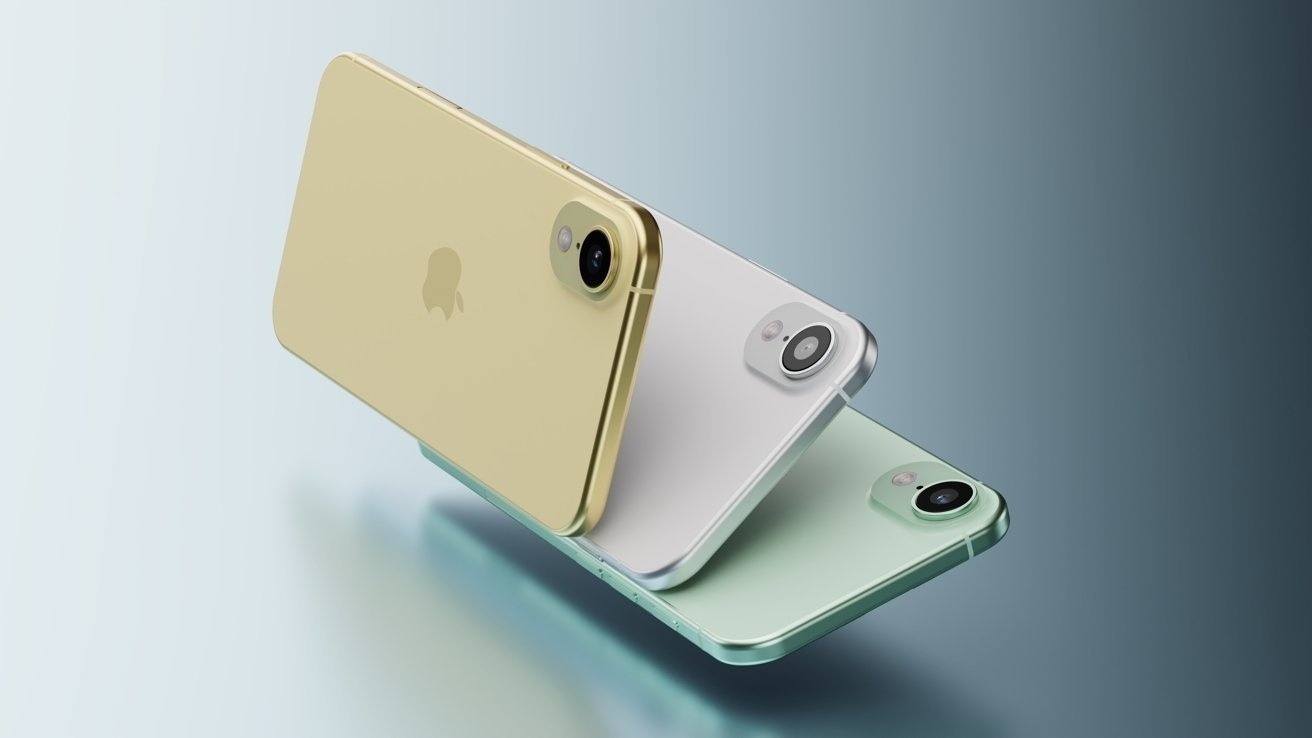 |
iPhone 17 Air mockup based on rumors. Photo: AppleInsider. |
This is a very different number compared to the capacity of current iPhone models, such as the iPhone 16 with a 3,561 mAh battery or the iPhone 16 Pro Max with a 4,685 mAh battery. For comparison, the iPhone 17 Air is only slightly larger than the 2022 iPhone SE with a battery of 2,018 mAh.
Previously, a source from The Information also confirmed that the ultra-thin iPhone 17 model will have a worse battery life than previous models. The device is expected to be launched by Apple in September this year.
During internal testing, Apple determined that the percentage of users who can use the iPhone 17 Air all day without needing to charge is around 60-70%. For other iPhone models, the above figure reaches 80-90%.
Part of the reason for the iPhone 17 Air's poor battery life is its ultra-thin design (5.5mm at its thinnest point). If the rumors are true, this would be the thinnest iPhone ever. For comparison, the iPhone 16 is 7.8mm thin.
The Galaxy S25 Edge, Samsung's thinnest S series ever at 5.8mm, is no better at 3,900mAh, lower than the S25 (4,000mAh) and S25+ (4,900mAh).
Waiting for a breakthrough from China
What if a compact phone could also boast incredible battery life? It’s not a pipe dream. Brands like OnePlus are showing that users don’t have to choose between a manageable size and a giant battery.
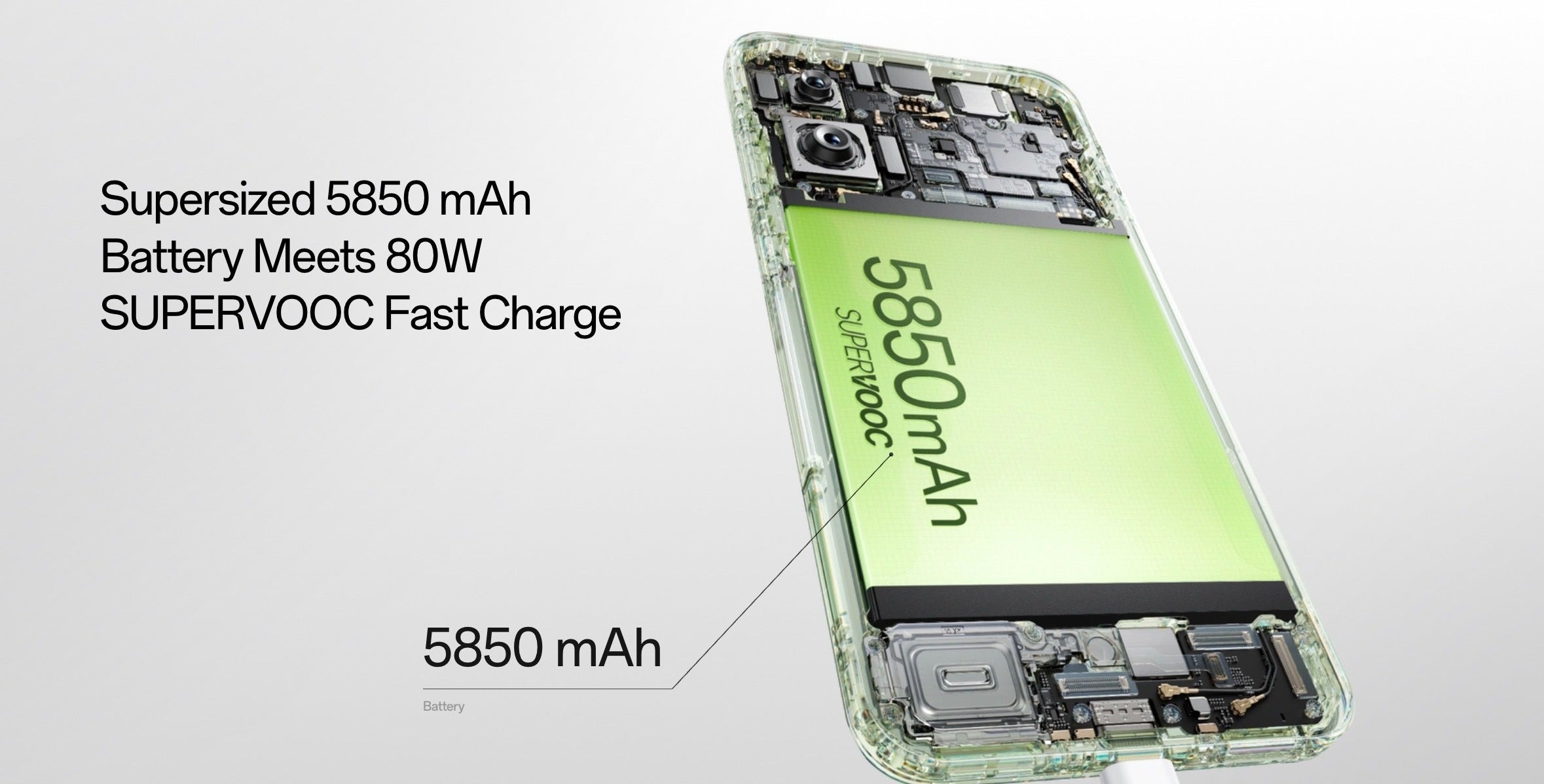 |
OnePlus 13s, a phone with a 6.3-inch screen equipped with a battery of up to 5,850 mAh. Photo: OnePlus. |
The OnePlus 13s, a phone with a 6.3-inch screen, the same size as the iPhone 16 Pro or Pixel 9 Pro, thanks to ingenious engineering has been equipped with a battery of up to 5,850 mAh.
What’s more, it’s not even one of the advanced silicon-carbon batteries that have become popular in Chinese Android phones over the past year. Integrating silicon into the battery’s chemistry can increase capacity without increasing size.
The latest Oppo Find N5 foldable phone is just 4.2mm thick when unfolded. It's so thin that it's barely thicker than a USB-C port.
However, its 5,600 mAh silicon-carbide battery has a 17% higher capacity than its predecessor, the Find N3, despite being 38% thicker. Other brands like Xiaomi and Vivo are also applying this technology to achieve similar results.
As battery technology improves and most users no longer need top-notch performance, a slim yet powerful phone becomes the logical choice. Companies have reason to dedicate a portion of their product portfolio to design-focused devices.
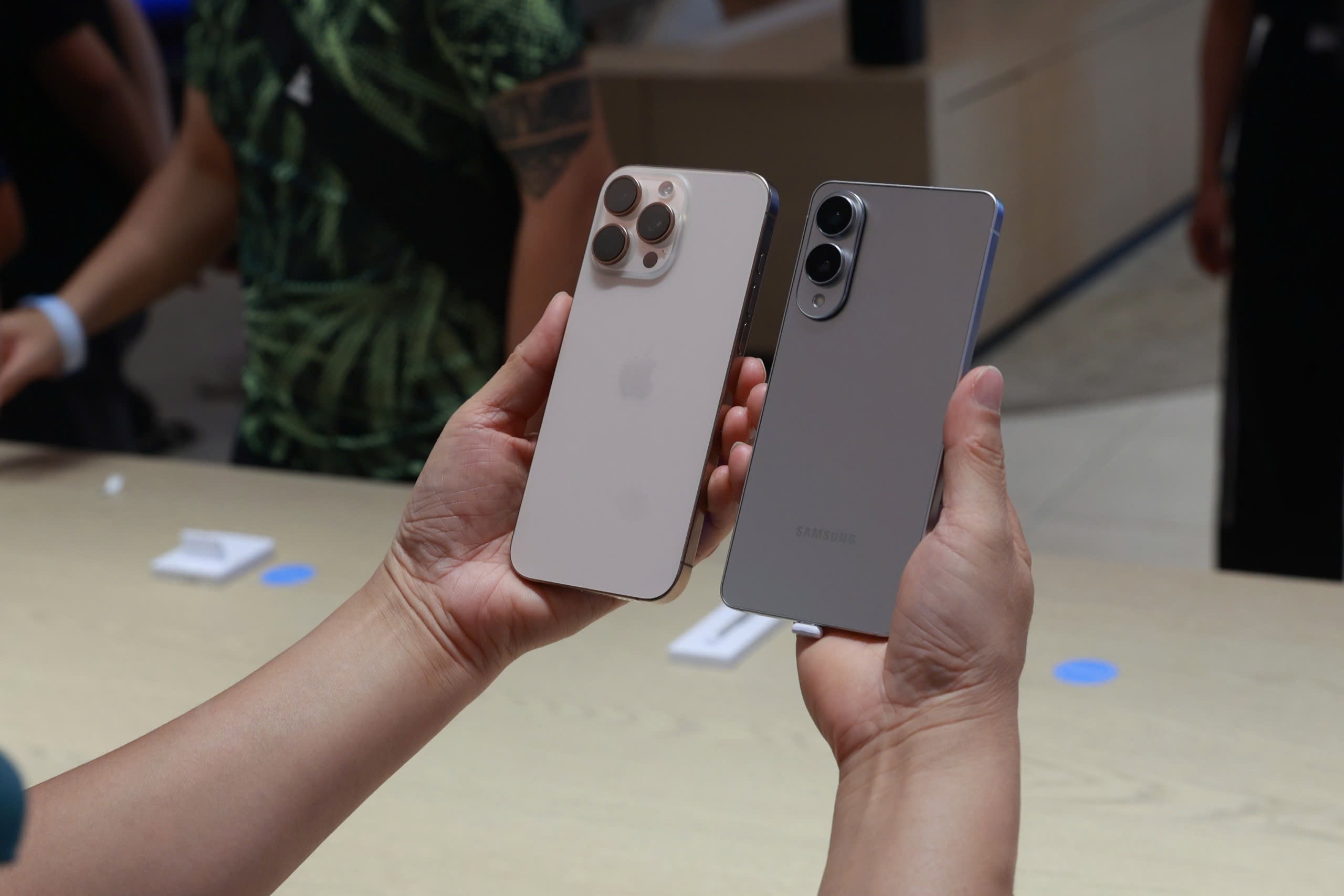 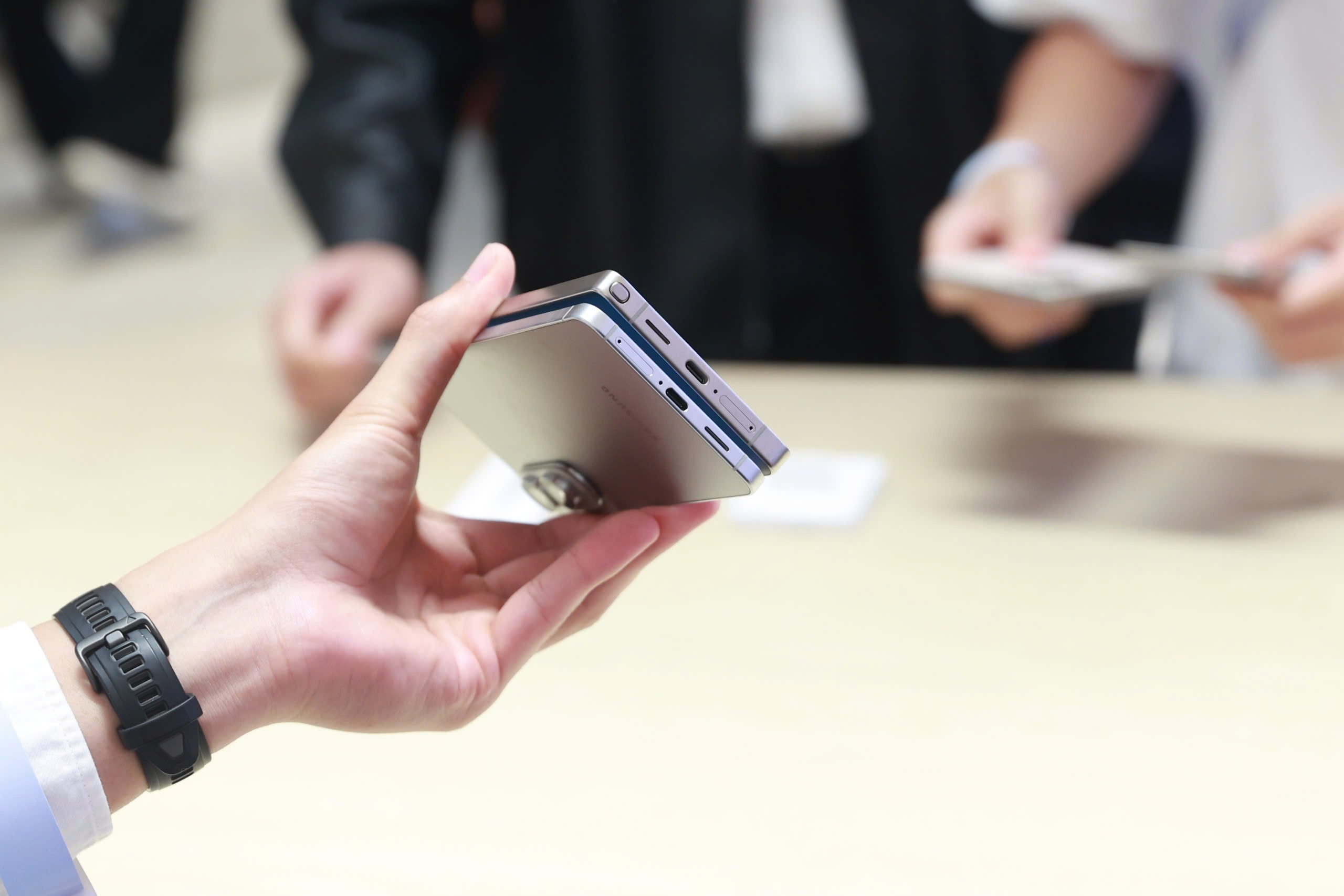 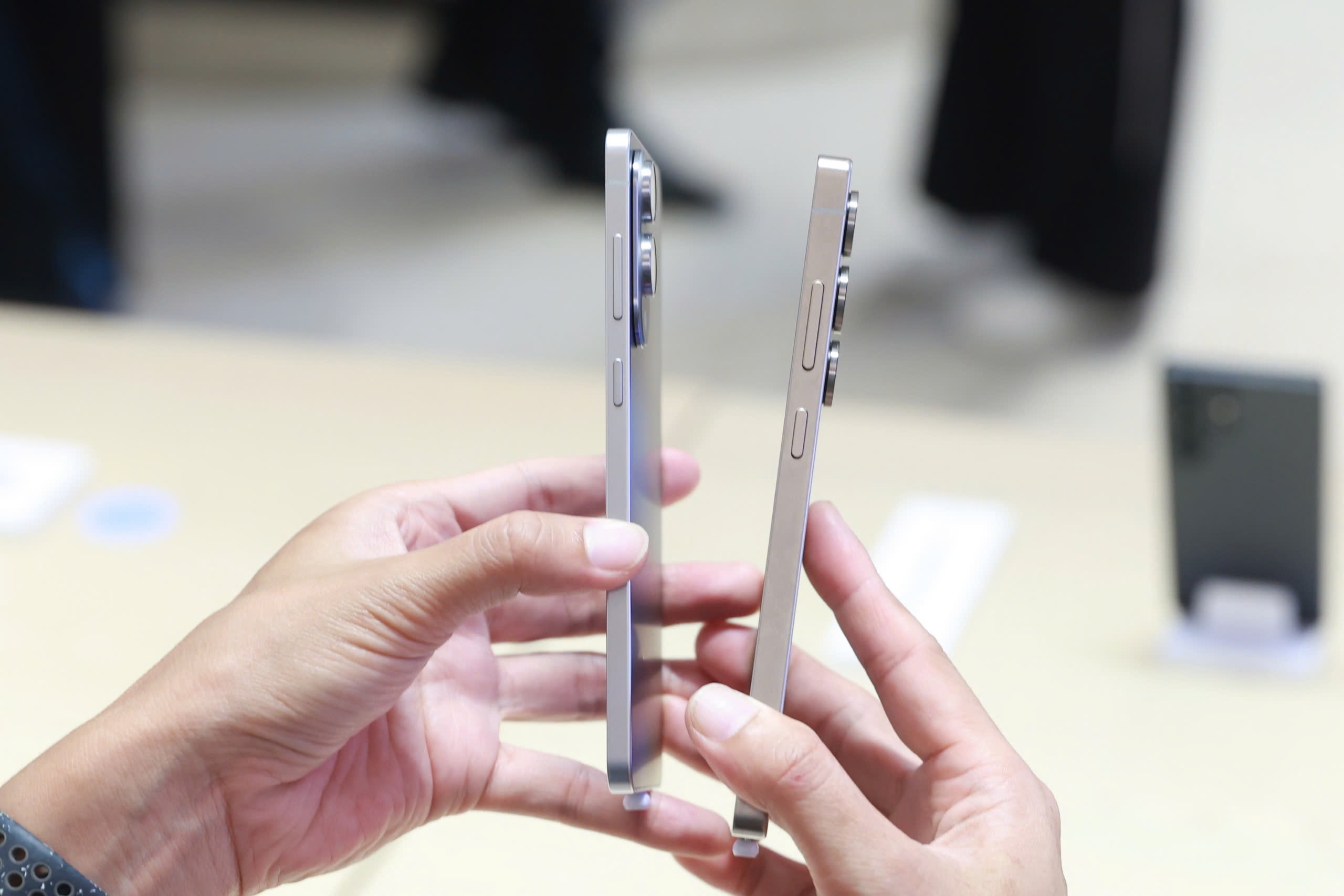 |
The thinness of the Galaxy S25 Edge compared to the iPhone 16 Pro Max and Galaxy S25 Ultra. Photo: Chi Hieu. |
Fast Company calls the emergence of a series of ultra-thin phone models in 2025 a turning point. However, this is also the time for Apple and Samsung to look back at their core values, instead of following frivolous design trends, to bring the best experience to users.
All the flashy design is worthless if the phone runs out of battery. “A super-slim flagship with an inflated price tag and mediocre battery life isn’t just a bad product, it’s a fundamental misunderstanding of what users want from a device they rely on,” Hristov concludes.
Source: https://znews.vn/apple-va-samsung-dang-phot-lo-quy-tac-vang-cua-smartphone-post1564403.html








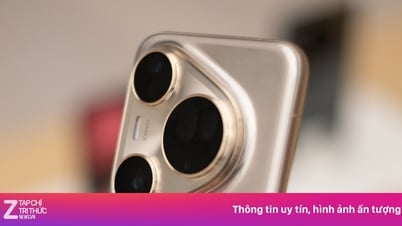
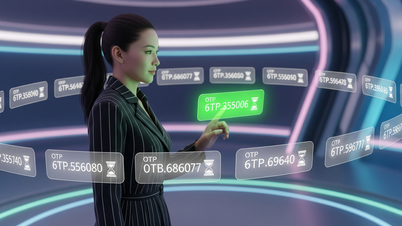

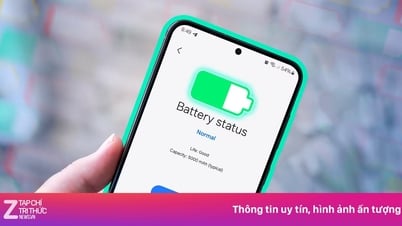
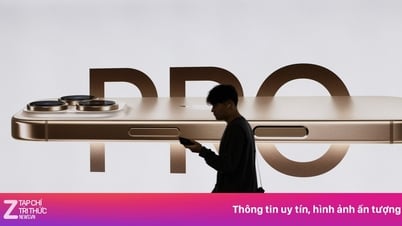
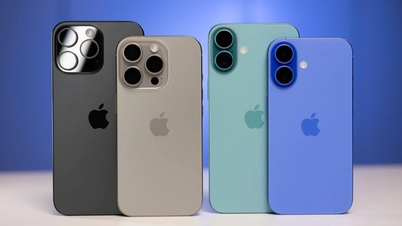

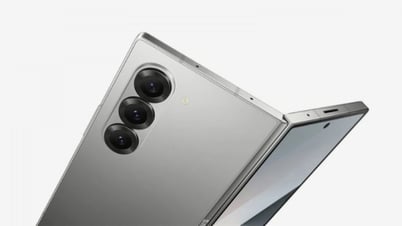






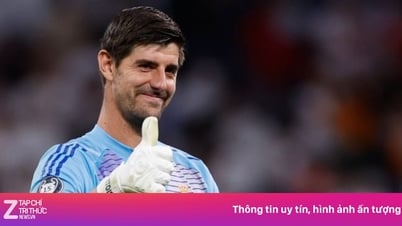



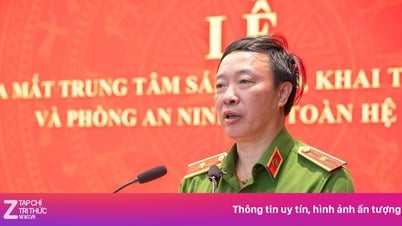










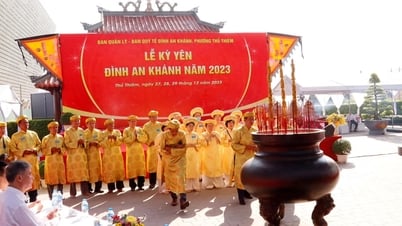

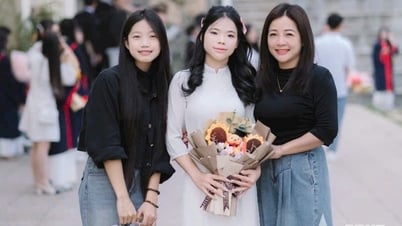




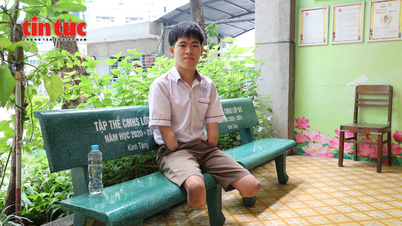




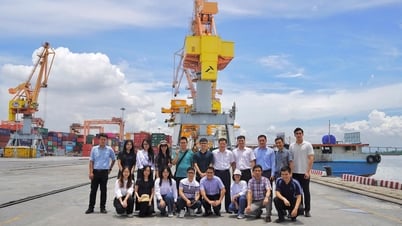

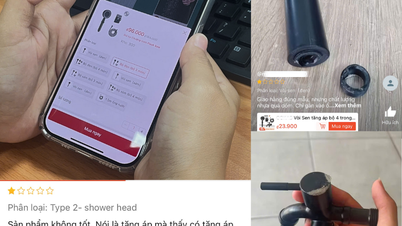














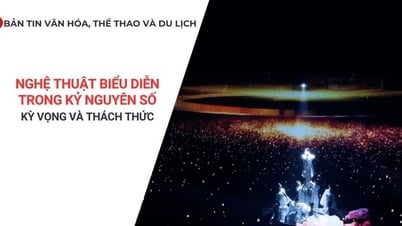

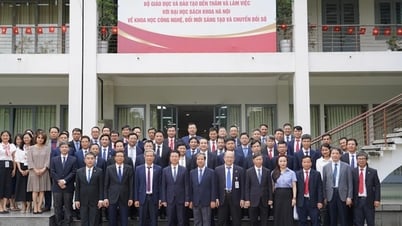

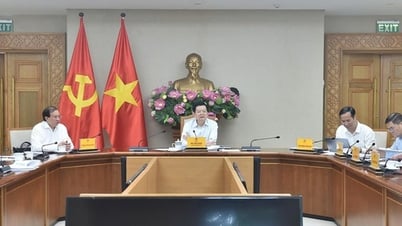


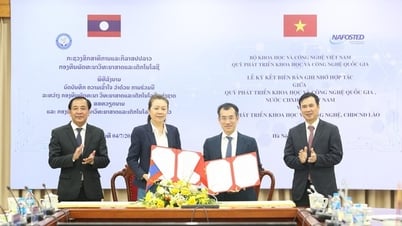






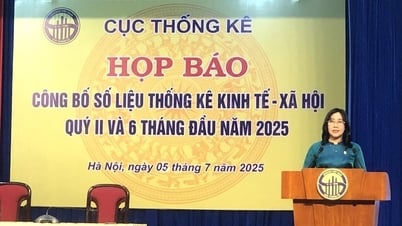




![[OCOP REVIEW] Bay Quyen sticky rice cake: A hometown specialty that has reached new heights thanks to its brand reputation](https://vphoto.vietnam.vn/thumb/402x226/vietnam/resource/IMAGE/2025/7/3/1a7e35c028bf46199ee1ec6b3ba0069e)








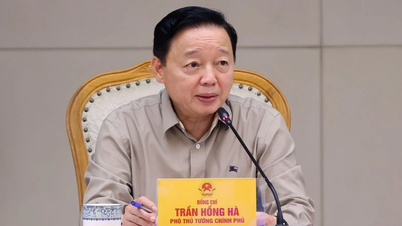





Comment (0)